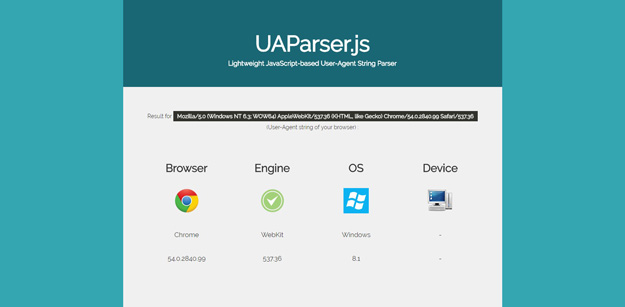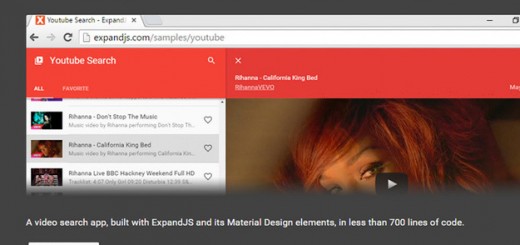JavaScript is great, and by all means use it, while also being aware that you can build so many functional UI components without the additional dependancy.
Maybe you can include a few lines of utility code, or a mixin, and forgo the requirement. If you’re only targeting more modern browsers, you might not need anything more than what the browser ships with.
In this article we would like to list at present 12 Lightweight JavaScript Libraries for November 2016 which serve specific purposes. Be aware that these are but a few of the myriad which exist out there, however- we would like o think that every Web designer or developer will find something helpful in this roundup.
1. meSing.js
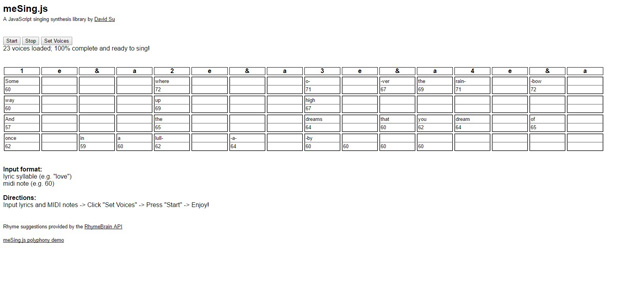
meSing.js is a JavaScript singing synthesis library that uses the Web Audio API’s DSP capabilities in conjunction with the meSpeak.js speech synthesis library to provide a vocal synthesizer for the web. First, the lyrics with corresponding MIDI notes are parsed and fed to meSpeak.js; the resulting text-to-speech output is then converted into a series of AudioBufferSourceNodes, which are subsequently processed and adjusted for pitch, rhythm, and expression.
2. Flv.js
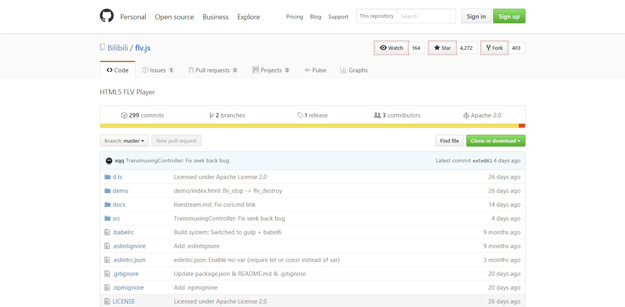
flv.js is an HTML5 Flash Video (FLV) Player written in pure JavaScript without Flash. flv.js works by transmuxing FLV file stream into ISO BMFF (Fragmented MP4) segments, followed by feeding mp4 segments into an HTML5 video element through Media Source Extensions API.
3. Fuse.js
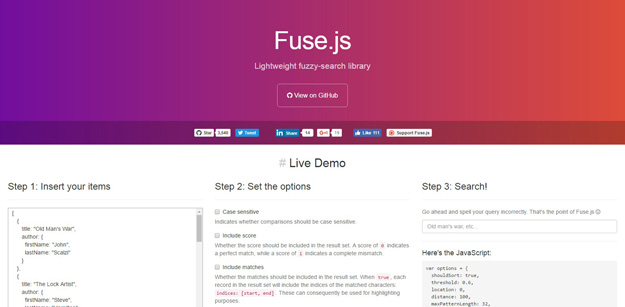
Fuse.js is a lightweight fuzzy-search in JavaScript with zero dependencies.
4. Force.js
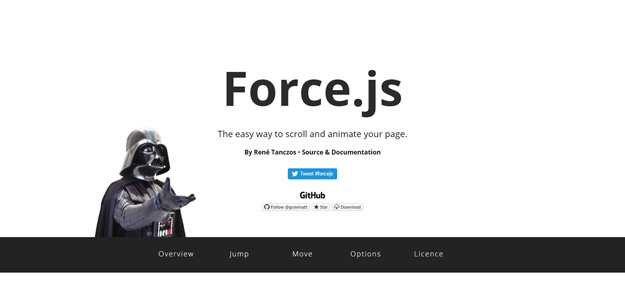
Force.js is a JavaScript library to animate elements and jump around on your page easily. It has different easing functions and tries to use CSS-Transitions to animate elements.
5. Eg.js

egjs is a jQuery-based JavaScript library consisting of UI interactions, effects, and utilities, which brings easiest and fastest way to build a web application in your way.
6. Progressively
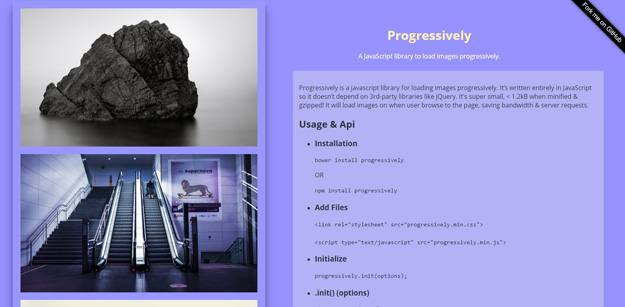
Progressively is a JavaScript library for loading images progressively. It’s written entirely in JavaScript and super small. It will load images on when user browse to the page, saving bandwidth & server requests.
7. Aquarelle

Aquarelle is a library for creating magnificent watercolour effects. You can use Aqaurelle to add a fade-in animation to images and make them look as they are being painted on by smudged drops of paint. This library is built on top of the 3D canvas library Three.js.
8. UAParser.js
UAParser.js is a JavaScript-based User-Agent string parser. It supports browser & node.js environment and also available as jQuery/Zepto plugin, Bower/Meteor package, & RequireJS/AMD module.
This library aims to identify detailed type of web browser, layout engine, operating system, cpu architecture, and device type/model, entirely from user-agent string with a relatively small footprint (~11KB when minified / ~4KB gzipped). Written in vanilla JavaScript, which means it doesn’t require any other library and can be used independently.
9. Weather Map

Weather Map is a JavaScript library that helps your create beautiful, dynamically-updated, searchable maps and charts with all kinds of weather-related information.
The app pulls relative data from the OpenWeatherMap API. It’s a web service that provides timely data for various weather-related data.
It then uses JavaScript Maps to show geographical weather information as well as JavaScript Charts to display historical values for temperature, wind, etc.
10. Strman
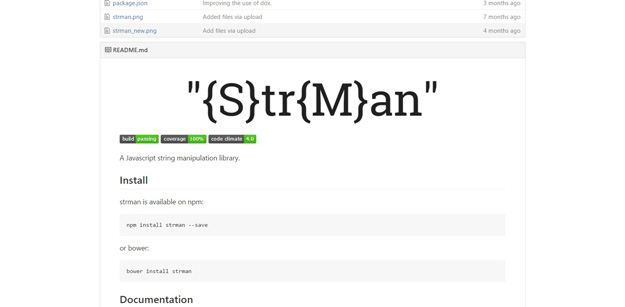
Strman is a javascript string manipulation library without npm dependences.
11. Monkberry
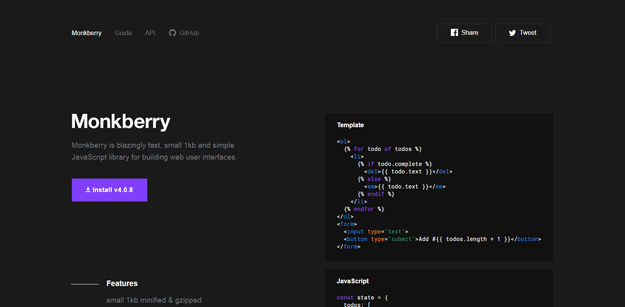
Monkberry is blazingly fast, small 1kb and simple JavaScript library for building web user interfaces. It’s because Monkberry will do only necessary dom updates, and does it in a completely different way than React does. Monkberry compiles template to plain JavaScript to gain an advantage by using v8 hidden classes and reduce call stack.
12. Features.js
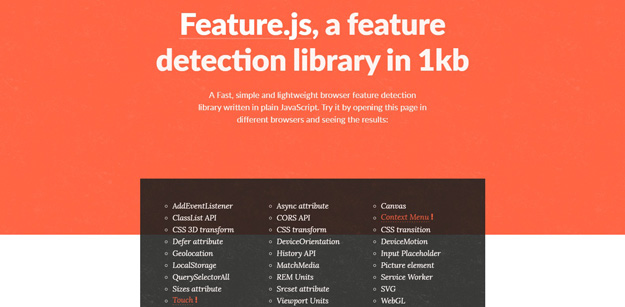
Feature.js is a fast, simple and lightweight browser feature detection library. It has no dependencies and weighs only 1kb minified and gzipped. Feature.js automatically initializes itself on page load, so you don’t have to. It doesn’t, however, run any tests while initializing, so it will only ever run them when you ask it to. This makes it perform very fast.

